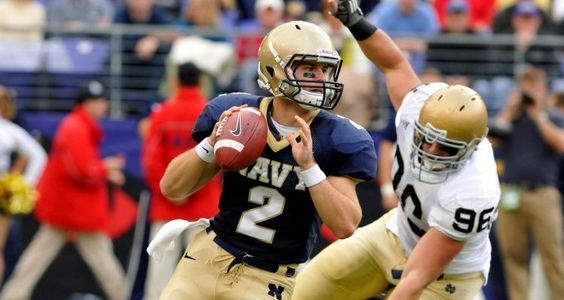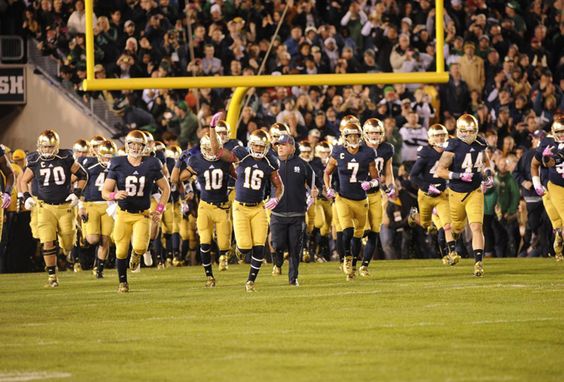What is a Football Secondary
In football, the defense’s primary objective is to prevent the opposing team from scoring. While the defensive line and linebackers focus on stopping the run and pressuring the quarterback, the secondary is responsible for neutralizing the passing game. Comprising cornerbacks and safeties, the secondary plays a pivotal role in ensuring the defense remains solid against aerial assaults.
Key Positions in the Secondary
Cornerbacks are tasked with covering the opposing team’s wide receivers. They must possess exceptional speed, agility, and the ability to read and react to the receiver’s movements. Meanwhile, safeties play a dual role: the free safety (FS) typically plays deeper coverage and acts as the last line of defense against long passes, while the strong safety (SS) often supports in run defense and covers tight ends or slot receivers. For more information thesparkplug.ca
Formation Basics
Football defenses deploy various formations depending on the situation, from the traditional 4-3 and 3-4 to specialized nickel and dime packages. These formations dictate how many defensive backs (including the secondary) are on the field and influence their roles in coverage and run support.
Skills and Attributes Needed
Success in the secondary requires a blend of physical prowess and mental acuity. Players must be quick enough to stay with fast receivers, agile enough to change direction rapidly, and smart enough to anticipate plays based on formations and pre-snap reads.
Cornerbacks: Locking Down Receivers
Cornerbacks employ different coverage techniques such as man-to-man and zone coverage. They use techniques like backpedaling, pressing, or jamming receivers at the line of scrimmage to disrupt their routes and timing with the quarterback.
Safeties: The Last Line of Defense
Safeties are crucial in preventing deep passes and providing run support. Free safeties excel in reading the quarterback’s intentions and covering large areas of the field, while strong safeties are often involved in blitzing, tackling, and covering shorter passing routes.

Role in Defending Against the Pass
The primary objective of the secondary is to prevent completions, whether through interceptions, pass breakups, or simply tight coverage that forces the quarterback to hold onto the ball longer than desired.
Tackling and Run Support
Despite their primary role in pass defense, members of the secondary must also be effective tacklers, especially in open-field situations where missed tackles can lead to big gains for the offense.
Specialized Packages: Nickel and Dime Defenses
Nickel and dime defenses involve substituting linebackers or defensive linemen with additional defensive backs. These packages are employed in passing situations to increase coverage against multiple receiver sets.
Famous Football Secondaries
Throughout NFL history, certain secondaries have achieved legendary status due to their ability to consistently shut down passing attacks. Studying these units provides insights into what makes a secondary successful.
Challenges Faced by Secondaries
Secondaries face numerous challenges, from covering elite receivers to maintaining mental resilience after giving up big plays. Overcoming these challenges requires a blend of skill, experience, and teamwork.

Training and Preparation
Preparing to play in the secondary involves rigorous physical conditioning, extensive film study, and mental preparation to anticipate and react quickly to the offense’s movements.
Evolution of the Secondary Position
Changes in NFL rules favoring passing offenses have led to an evolution in secondary play, emphasizing speed, agility, and versatility in coverage.
Case Studies: Current Top Secondaries
Examining current top NFL secondaries provides insights into how modern defenses are structured to counter sophisticated passing attacks prevalent in today’s game.
Conclusion
In conclusion, football secondaries are not just defenders; they are strategic pillars upon which successful defenses are built. Their ability to neutralize passing threats and support in tackling makes them indispensable contributors to a team’s overall defensive effort. As the game continues to evolve, so too will the roles and responsibilities of these talented athletes who play a crucial role in shaping the outcome of every game.
FAQs
1. What is the primary role of the secondary in football defense?
The secondary’s primary role is to defend against the passing game of the opposing team. This includes covering wide receivers, preventing completions, and providing support in tackling.
2. What are the key positions within the football secondary?
The football secondary typically consists of cornerbacks (CBs) and safeties (FS and SS). Cornerbacks specialize in covering wide receivers, while safeties play deeper coverage roles and support in both pass defense and run stopping.
3. How do formations affect the roles of the secondary players?
Formations such as 4-3, 3-4, nickel, and dime packages determine how many defensive backs are on the field and influence their responsibilities. For example, nickel and dime formations add extra defensive backs to enhance coverage against multiple receiver sets.
4. What skills and attributes are essential for success in the secondary?
Success in the secondary demands a combination of physical abilities like speed, agility, and tackling prowess, alongside mental skills such as reading the offense, anticipating plays, and communicating effectively with teammates.
5. How has the role of football secondaries evolved over time?
The role of football secondaries has evolved significantly with changes in NFL rules favoring passing offenses. This evolution emphasizes the need for secondary players to be faster, more agile, and versatile in coverage techniques to counter sophisticated passing attacks prevalent in today’s game.

